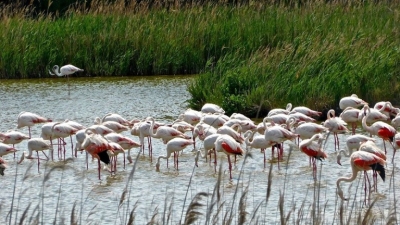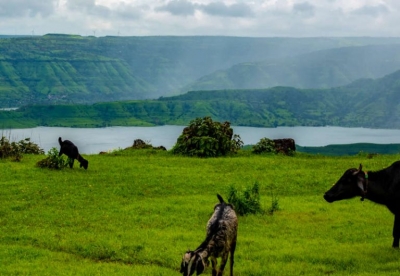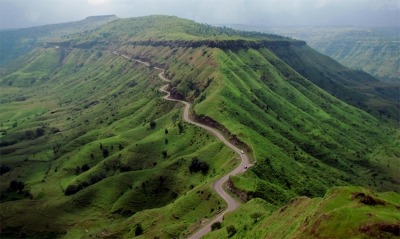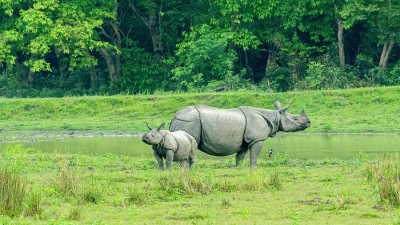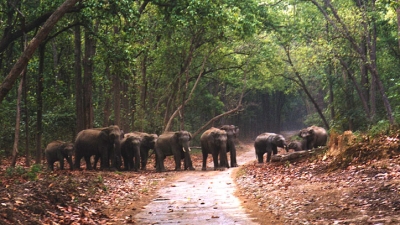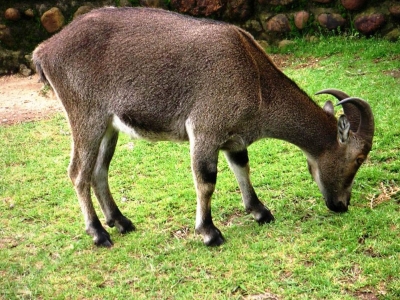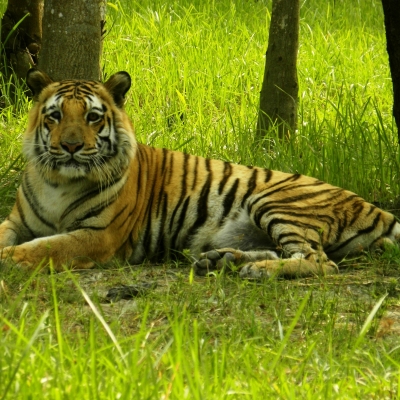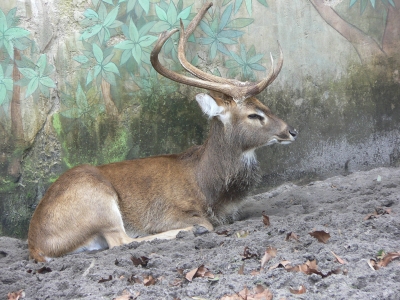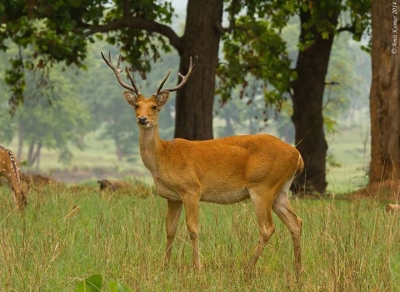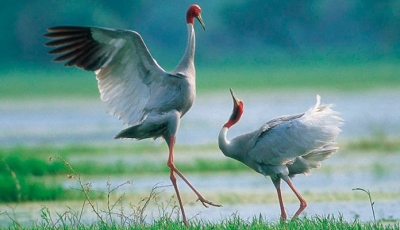Dugong, a vulnerable and medium-sized marine mammal, is the flagship species of which marine park, located between the southeastern tip of India and the west coast of Sri Lanka?
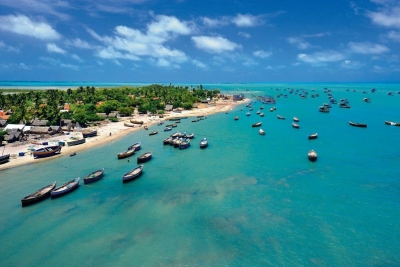
The Gulf of Mannar Marine National Park is a protected area of India consisting of 21 small islands (islets) and adjacent coral reefs in the Gulf of Mannar in the Indian Ocean. It lies 1 to 10 km away from the east coast of Tamil Nadu, India for 160 km between Thoothukudi (Tuticorin) and Dhanushkodi. It is the core area of the Gulf of Mannar Biosphere Reserve which includes a 10 km buffer zone around the park, including the populated coastal area. The park has a high diversity of plants and animals in its marine, intertidal and near shore habitats. Public access inside the park is limited to glass-bottom boat rides.
The dugong, a vulnerable marine mammal, is the flagship mammal of the park. It is an important habitat for the cetaceans: Indo-Pacific bottlenose dolphin, finless porpoise, spinner dolphin, common dolphin, Risso's dolphin, melon-headed whale, and dwarf sperm whale. Larger whales include sperm whale, minke whale, Bryde's whale, sei whale, and critically endangered species including humpback whale, fin whale, and blue whale.
The islands are uninhabited except for Krusadai, Musal and Nallathanni islands where antipoaching sheds are operating. Along the coast near the park there are about 125 villages which support about 100,000 people who are mainly Marakeyars, a local community principally engaged in fishing.
Picture Credit : Google
